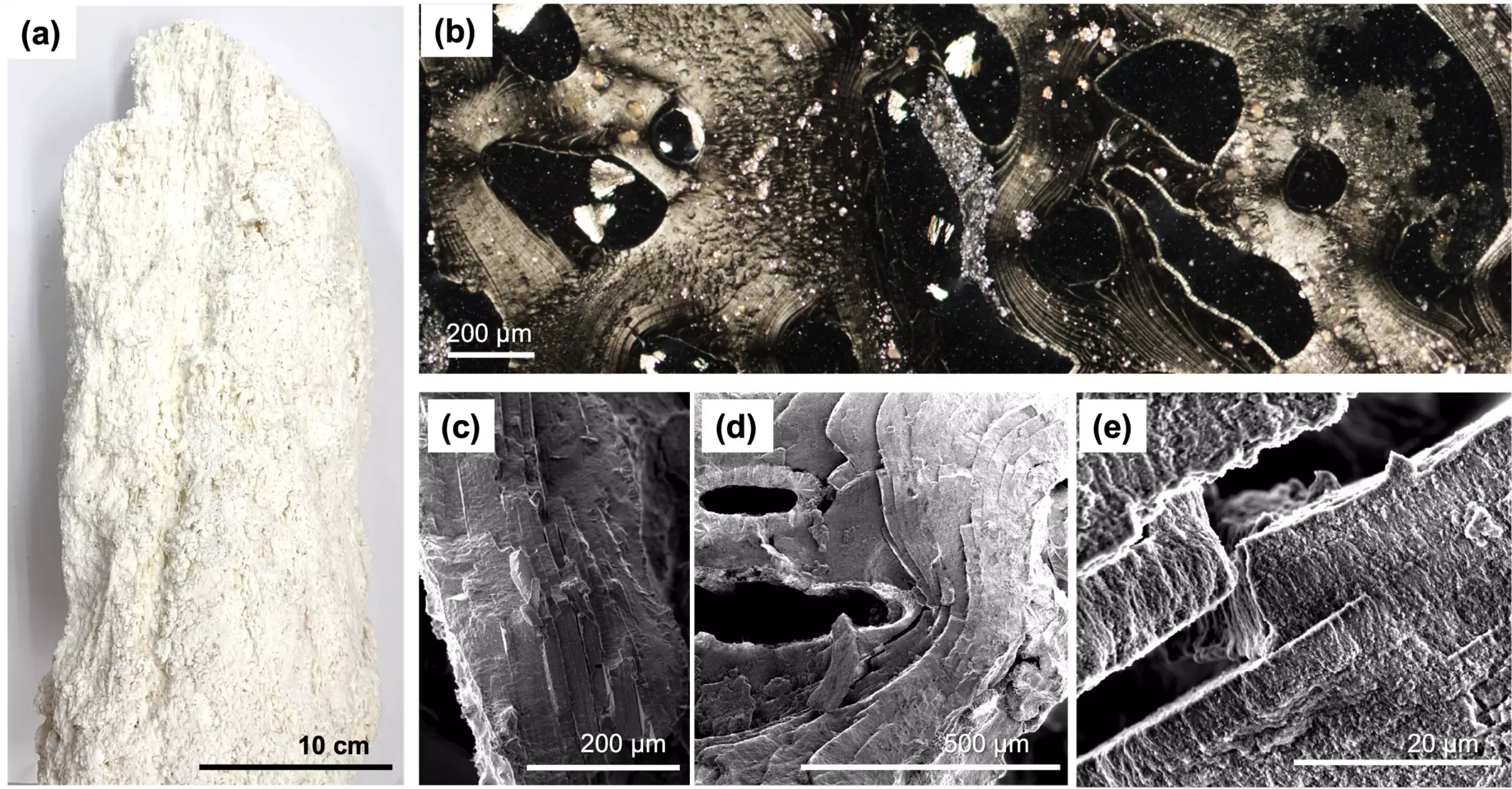The recent findings by researchers at the RIKEN Center for Sustainable Resource Science (CSRS) and the Earth-Life Science Institute (ELSI) provide a fascinating glimpse into the complex relationship between the origins of life and energy production in extreme environments. Led by Ryuhei Nakamura, the study reveals structures that not only mimic biological functions but may also contribute to future innovations in energy harvesting technologies.
Hydrothermal vents, often referred to as the nurseries of life on Earth, present unique geological and chemical conditions that may support the emergence of early life forms. Located deep beneath the ocean’s surface, these vents release mineral-rich superheated water which, upon contact with the cooler ocean water, facilitates a plethora of chemical reactions. The result is a concentration of precipitates—solid structures formed from mineral ions. This environment is characterized by a wealth of minerals and energy sources essential for biochemical processes.
The research focuses on the Shinkai Seep Field within the Mariana Trench, approximately 5,743 meters beneath the surface. Here, the unique properties of serpentinite-hosted hydrothermal vents were studied. Researchers specifically examined brucite, a magnesium hydroxide mineral, known for forming elongated crystals capable of channeling fluids. The implications of these structures extend beyond geological curiosity; they may serve as analogs for understanding the mechanisms that sustain life itself.
At the core of Nakamura’s findings is the discovery that these inorganic nanostructures can replicate essential biological functions, particularly concerning osmotic energy conversion. Traditionally, this energy conversion process is known to occur in living organisms, where ion gradients across cell membranes drive essential metabolic functions. Remarkably, this study presents evidence that such conversion can transpire abiotically—that is, without biological intervention—within geological environments.
Through meticulous analysis using optical microscopy and micrometer-sized X-ray beams, the researchers uncovered that the brucite crystals arranged in continuous columns created nano-channels with distinct electrical properties. The surface exhibited variable surface charges, revealing the capability for selective ion transport. This is a significant breakthrough, as it provides a geological pathway that echoes the cellular mechanisms governing life.
The team confirmed their hypothesis by measuring the electrical conductance of the samples when exposed to different concentrations of potassium chloride. Their observations indicated that the ion transport behavior mirrored that of voltage-gated ion channels in living organisms, such as neurons. Their results diverged based on the chemical context of the surfaces, highlighting the pores’ capacity to selectively allow ions to pass through based on their charge and ionic identity.
Nakamura asserts that the discovery of self-organizing ion channels has profound implications. It not only enhances our understanding of how life may have originated on our planet but also how similar processes could exist beyond Earth. This insight into abiotic osmotic energy conversion reveals that conditions conducive to life may not be exclusive to our biosphere but potentially exist in extraterrestrial settings.
Moreover, these findings hold promising applications for renewable energy, particularly in the field of blue energy—an area focused on harnessing energy from salinity gradients. Traditional blue-energy methods typically exploit the salinity difference between seawater and freshwater. By learning how nature has structured these nano-channels, engineers can innovate techniques for more efficient energy conversion and storage. This nascent field could lead to groundbreaking advancements in how we capture and utilize energy.
As researchers continue to delve deeper into the dynamics of hydrothermal vents, the potential to uncover more secrets about the genesis of life and sustainable energy practices becomes ever more enticing. The study spearheaded by Nakamura opens doors not only for academic exploration but also for practical applications in industrial settings. By bridging the gap between geology and biology, future innovations may harness these natural phenomena to generate clean energy in increasingly efficient and sustainable ways.
The implications of this research extend far beyond our immediate understanding of life’s origins. They invite us to rethink how we approach energy generation and sustainability. As we look to the future, the lessons gleaned from these deep-sea environments promise to inspire both scientific inquiry and technological innovation, highlighting the intricate connections between life, energy, and the cosmos.


Leave a Reply